Mini Britain: Best Experiences for Kids
Britain is great for travel with children because its compact, with a lot of attractions in a small area. So when the kids in the back of the car say are we nearly there yet? your answer can often be yes.
Many places of interest cater for kids as much as adults. At the countrys historic castles, for example, mum and dad can admire the medieval architecture, while the kids will have great fun striding around the battlements. Many attractions organise specific events for children especially during school holidays. In the same way, Britains national parks and other wild areas can be great for families, with a wide choice of outdoor activities and plenty of places to stay whatever your budget.
Throughout this ebook, weve highlighted many family-friendly attractions around Britain. To help you find your way around, weve divided it into eight different regional chapters (). In each region, weve arranged cities and towns alphabetically, and within each town/city weve simply listed the kid-friendly attractions.

London
London has plenty of sights that parents and kids can enjoy together, and many of them are free, including the Natural History Museum, Science Museum and all of the citys parks, some of which have excellent playgrounds. Pricier but popular attractions include London Dungeon, London Zoo, Madame Tussauds, Tower of London, Sea Life and the London Eye. Obviously, how appropriate they are depends on the age of the kids.
Central London
BLOOMSBURY & ST PANCRAS
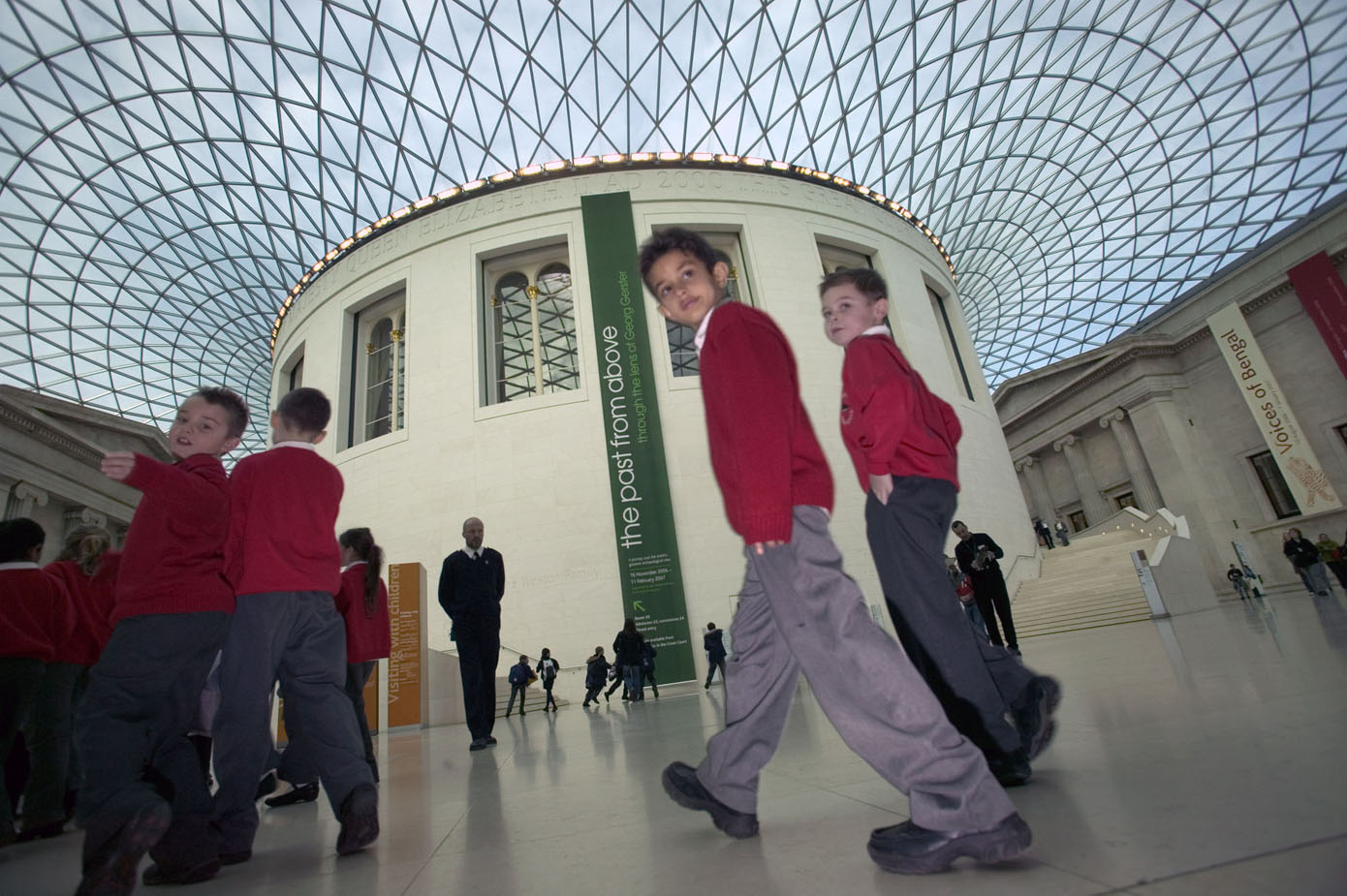
Great Court, British Museum, London,
Doug McKinlay / Lonely Planet Images
British Museum
( 020-7323 8000; www.britishmuseum.org; Great Russell St WC1;
020-7323 8000; www.britishmuseum.org; Great Russell St WC1;  10am-5.30pm Sat-Wed, to 8.30pm Thu & Fri;
10am-5.30pm Sat-Wed, to 8.30pm Thu & Fri;  Russell Sq) The countrys largest museum and one of the oldest and finest in the world, this famous museum boasts vast Egyptian, Etruscan, Greek, Roman, European and Middle Eastern galleries, among many others.
Russell Sq) The countrys largest museum and one of the oldest and finest in the world, this famous museum boasts vast Egyptian, Etruscan, Greek, Roman, European and Middle Eastern galleries, among many others.
Begun in 1753 with a cabinet of curiosities bequeathed by Sir Hans Sloane to the nation on his death, the collection mushroomed over the ensuing years partly through the plundering of the empire. The grand Enlightenment Gallery was the first section of the redesigned museum to be built (in 1823).
Among the must-sees are the Rosetta Stone , the key to deciphering Egyptian hieroglyphics, discovered in 1799; the controversial Parthenon Sculptures , stripped from the walls of the Parthenon in Athens by Lord Elgin (the British ambassador to the Ottoman Empire), and which Greece wants returned; the stunning Oxus Treasure of 7th- to 4th-century-BC Persian gold; and the Anglo-Saxon Sutton Hoo burial relics.
The Great Court was restored and augmented by Norman Foster in 2000 and now has a spectacular glass-and-steel roof, making it one of the most impressive architectural spaces in the capital. In the centre is the Reading Room , with its stunning blue-and-gold domed ceiling, where Karl Marx wrote the Manifesto of the Communist Party.
Youll need multiple visits to savour even the highlights here; happily there are 15 half-hour free eye opener tours between 11am and 3.45pm daily, focussing on different parts of the collection. Other tours include the 90-minute highlights tour at 10.30am, 1pm and 3pm daily (adult/child 8/5), and audio guides are available (4.50).
Charles Dickens Museum
(www.dickensmuseum.com; 48 Doughty St WC1; adult/child 6/3;  10am-5pm Mon-Sat, 11am-5pm Sun;
10am-5pm Mon-Sat, 11am-5pm Sun;  Russell Sq) Dickens sole surviving London residence is where his work really flourished The Pickwick Papers, Nicholas Nickleby and Oliver Twist were all written here. The handsome four-storey house opened as a museum in 1925, and visitors can stroll through rooms choc-a-bloc with fascinating memorabilia.
Russell Sq) Dickens sole surviving London residence is where his work really flourished The Pickwick Papers, Nicholas Nickleby and Oliver Twist were all written here. The handsome four-storey house opened as a museum in 1925, and visitors can stroll through rooms choc-a-bloc with fascinating memorabilia.
CHELSEA & KENSINGTON

Natural History Museum
(www.nhm.ac.uk; Cromwell Rd SW7;  10am-5.50pm;
10am-5.50pm;  South Kensington) A sure-fire hit with kids of all ages, the Natural History Museum is crammed full of interesting stuff, starting with the giant dinosaur skeleton that greets you in the main hall. In the dinosaur section, the fleshless fossils are brought to robotic life with a very realistic 4m-high animatronic Tyrannosaurus Rex and his smaller, but no less sinister-looking, cousins.
South Kensington) A sure-fire hit with kids of all ages, the Natural History Museum is crammed full of interesting stuff, starting with the giant dinosaur skeleton that greets you in the main hall. In the dinosaur section, the fleshless fossils are brought to robotic life with a very realistic 4m-high animatronic Tyrannosaurus Rex and his smaller, but no less sinister-looking, cousins.
The other galleries are equally impressive. An escalator slithers up and into a hollowed-out globe where two exhibits The Power Within and Restless Surface explain how wind, water, ice, gravity and life itself impact on the earth. For parents unsure of how to broach the facts of life, a quick whiz around the Human Biology section should do the trick.
The Darwin Centre houses a team of biologists and a staggering 20-million-plus species of animal and plant specimens. Take a lift to the top of the Cocoon, a seven-storey egg-shaped structure encased within a glass pavilion, and make your way down through the floors of interactive displays. Glass windows allow you to watch the scientists at work.

Science Museum
(www.sciencemuseum.org.uk; Exhibition Rd SW7;  10am-6pm:
10am-6pm:  South Kensington) With seven floors of interactive and educational exhibits, the Science Museum covers everything from the Industrial Revolution to the exploration of space. There is something for all ages, from vintage cars, trains and aeroplanes to labour-saving devices for the home, a wind tunnel and flight simulator. Kids love the interactive sections. Theres also a 450-seat Imax cinema.
South Kensington) With seven floors of interactive and educational exhibits, the Science Museum covers everything from the Industrial Revolution to the exploration of space. There is something for all ages, from vintage cars, trains and aeroplanes to labour-saving devices for the home, a wind tunnel and flight simulator. Kids love the interactive sections. Theres also a 450-seat Imax cinema.
Kensington Gardens
( dawn-dusk;
dawn-dusk;  Queensway) Blending in with Hyde Park, these royal gardens are part of Kensington Palace and hence popularly associated with Princess Diana. Diana devotees can visit the Diana, Princess of Wales Memorial Playground in its northwest corner, a much more restrained royal remembrance than the over-the-top Albert Memorial. The latter is a lavish marble, mosaic and gold affair opposite the Royal Albert Hall, built to honour Queen Victorias husband, Albert (181961).
Queensway) Blending in with Hyde Park, these royal gardens are part of Kensington Palace and hence popularly associated with Princess Diana. Diana devotees can visit the Diana, Princess of Wales Memorial Playground in its northwest corner, a much more restrained royal remembrance than the over-the-top Albert Memorial. The latter is a lavish marble, mosaic and gold affair opposite the Royal Albert Hall, built to honour Queen Victorias husband, Albert (181961).


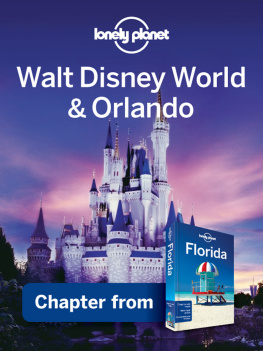


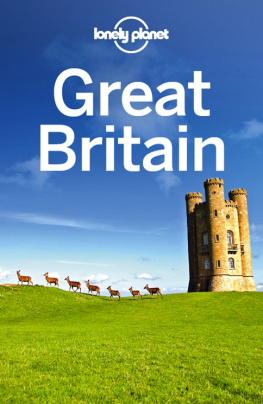


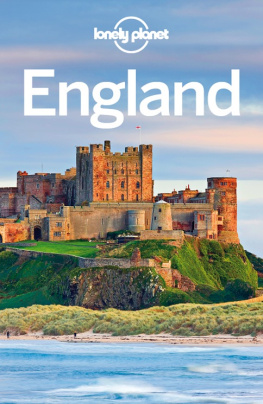
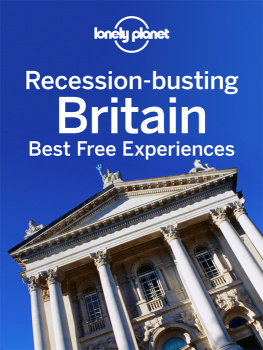
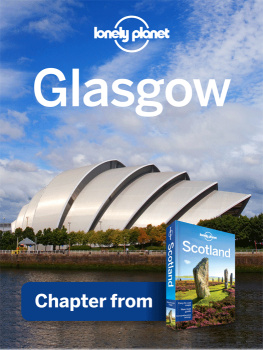






 020-7323 8000; www.britishmuseum.org; Great Russell St WC1;
020-7323 8000; www.britishmuseum.org; Great Russell St WC1;  10am-5.30pm Sat-Wed, to 8.30pm Thu & Fri;
10am-5.30pm Sat-Wed, to 8.30pm Thu & Fri;  Russell Sq) The countrys largest museum and one of the oldest and finest in the world, this famous museum boasts vast Egyptian, Etruscan, Greek, Roman, European and Middle Eastern galleries, among many others.
Russell Sq) The countrys largest museum and one of the oldest and finest in the world, this famous museum boasts vast Egyptian, Etruscan, Greek, Roman, European and Middle Eastern galleries, among many others. Natural History Museum
Natural History Museum